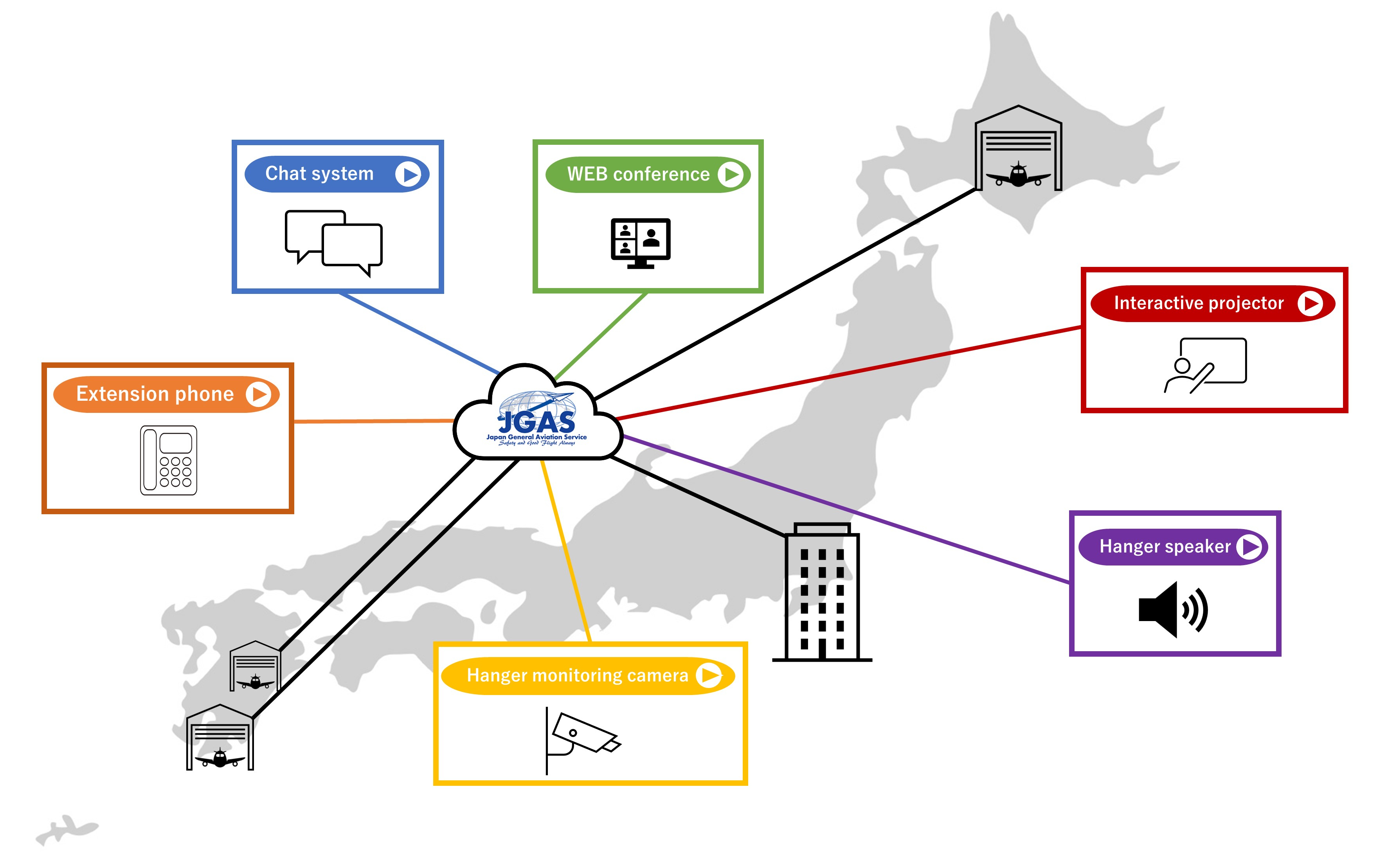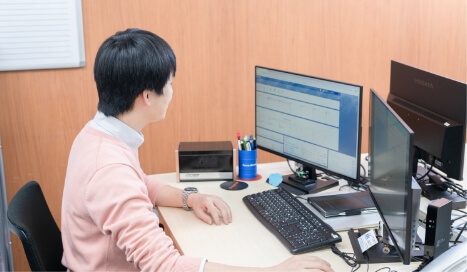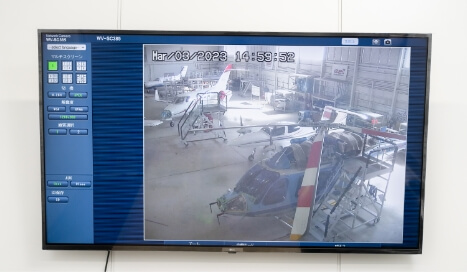Initiatives for Safety
These regulations document our safety management system and stipulate matters including our safety policy, organizational structure, division of
responsibilities, and methods of managing risks related to safety. Our objective is to make a concerted effort as a company to manage safety and
thereby establish a safe operational system and maintenance system for aircraft.
Based on our corporate philosophy, we also established the Japan General Aviation Service Safety Charter as our basic safety policy. The Safety Charter is displayed on the back of our employee ID card for review by employees at any time. All employees carry the Safety Charter with them and engage in
their everyday duties with the Charter in mind.
Japan General Aviation Service Safety Charter
1. Safety is the foundation of our business and a social responsibility
2. Safety is based on concrete actions, not ideals or concepts
3. Safety is created through compassion and respect for others
Our Pledge
We hold a culture of safety to be our highest value.
Code of Conduct
JGAS will thoroughly pursue safety and quality through the strong will of management and employees and
through the responsible actions of each individual.
Inter-Workplace Communication and Cooperation System
Our workplaces are connected by internal lines, and we use a chat system for real-time information sharing. We have established a system that allows
employees to keep in close contact with each other even when separated by distance. In addition, a 360-degree web camera system in the conference
rooms of all workplaces brings web conferencing to the same level of quality as face-to-face meetings.
We have also installed high-resolution monitor cameras in the hangar at the Kagoshima Office. This allows us to check the status of operations and
maintenance work in real time from the Tokyo office.

Office Environment

As a general rule, all employee computers in all departments are equipped with two 23-inch wide monitors. When working with multiple applications at the same time,
this not only improves work efficiency but also contributes to reducing staff stress
and minimizing the occurrence of work errors.
Hangar Monitor Cameras

The hangar monitor cameras can be remotely operated to zoom in and out and to
move up and down, left and right. When a defect occurs in an aircraft, maintenance
technical staff in Tokyo and on-site mechanics discuss actions while viewing
real-time video images.
Safety Management System
Risk Management
JGAS collects information on near-miss incidents, defects, and other issues occuring on site for use in performing risk management.
Hazard Identification → Risk Assessment → Countermeasure Planning → Monitoring/Review
【Hazard Identification】
Based on collected information concerning near-miss incidents, defects, and other issues, we identify actual and latent hazards.
【Risk Assessment】
For an identified hazard, we determine the severity of impact and the probability of occurrence, and evaluate whether the risk is acceptable. When
countermeasures are necessary, we proceed to the countermeasure planning phase.
【Countermeasure Planning】
All divisions take the initiative in developing countermeasures against hazards to lower risks to an acceptable level.
【Monitoring/Review】
We implement planned countermeasures, monitor and review their execution, and evaluate their effectiveness. We develop and implement additional countermeasures as needed to ensure the functioning of our safety management system.
Internal Audits
In our operation and maintenance divisions, qualified internal auditors who have undergone specialized training conduct periodic internal audits every year in accordance with rules and regulations. Through these, we identify points for improvement in divisions and work to maintain and improve safety standards.
Change Management
As a certified business site, our maintenance department carries out change management when changes occur in operations or rules concerning
matters subject to change management, as stipulated in regulations.
We evaluate the overview of changes, regulations subject to change, divisions affected by changes, anticipated safety issues, expected risk level, and
risk reduction measures and their validity, and engage in management to ensure that safety risks associated with changes can be solidly addressed.
About us
Contact us
Phone
+81-3-5778-5285
Office hours:
Monday-Friday 09:00-18:00 (JST)



